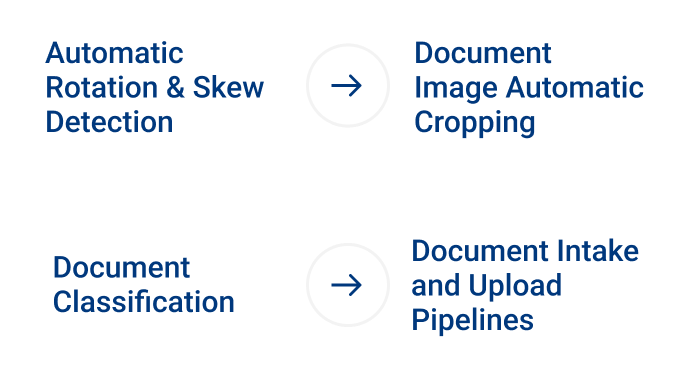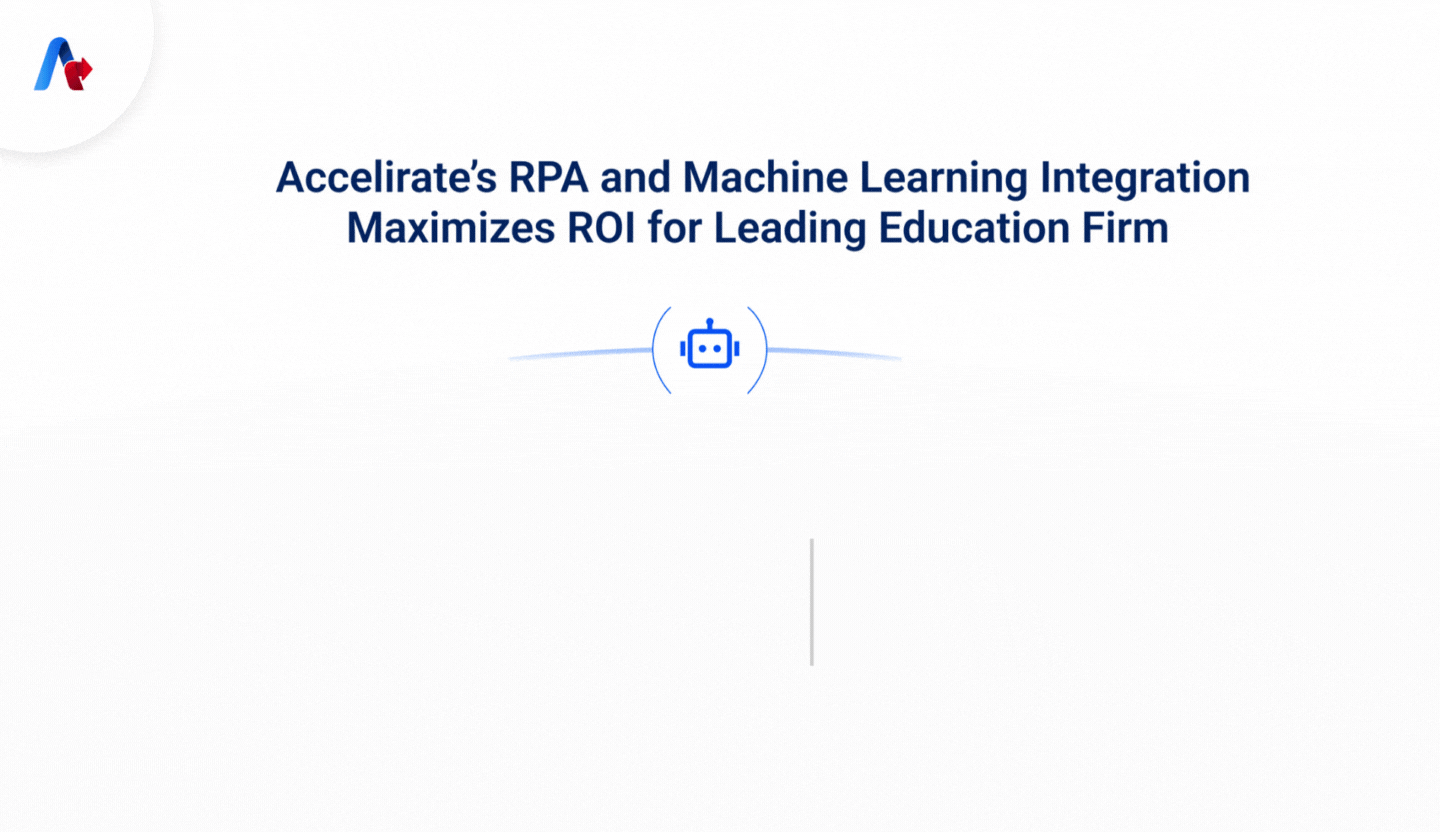Overcoming Manual Overload with Automated Enrollment Process through Integrated ML and RPA
The existing enrollment process of the client was filled with multiple challenges that significantly affected efficiency and accuracy. The client receives over two million applications annually, each accompanied by various supporting documents, such as birth certificates and school transcripts. Processing these student applications was time-consuming due to stringent document approval guidelines. Each affiliated school required documents to meet specific criteria, including proper alignment in portrait mode, no skewing, no visible background, and standard US letter size (8.5×11 inches).
Given that 85% of the documents were submitted via mobile devices, many images were poorly aligned, skewed, or had visible backgrounds, causing frequent rejections and requiring extensive manual adjustments.
During peak enrollment periods, the client employed 120 part-time enrollment officers in addition to their 35 full-time staff to manage the overwhelming volume of applications. This led to inefficiencies and frustration for both staff and applicants.
To address these challenges, Accelirate implemented a comprehensive automation solution that combined machine learning, computer vision, and RPA, to automate student enrollment. The solution was categorized into four parts.
01- Automatic Rotation and Skew Detection
Deep learning-based Machine Learning Models were trained with historic images that were manually processed by the enrollment department in previous years. Computer Vision Algorithms were used to rotate images and remove their identified skew to meet the document image guidelines.
02 - Document Image Automatic Cropping
Machine Learning and Computer Vision-based edge and corner detection algorithms were applied to locate the corners and edges of the document in the image accurately. The image is then cropped precisely up to the document edge to remove any part of the image that is not part of the document photographed.
03 - Document Classification
Machine Learning-based document classifiers were created and trained using the client’s large database of correctly labeled and accepted or rejected documents and application submissions. The bot labels each document correctly, matches it to the list of acceptable documents for each category (ex. “School X” might only accept a utility bill or a bank statement as an adequate submission to provide proof of address. So, if a photo of a parent’s driver’s license is submitted, even though it has their resident addresses listed on it, it is not an accepted form by that school and is rejected) and then accepts or rejects the application depending on whether or not all the documents match the accepted forms for each application category.
04 - Document Intake and Upload Pipelines
Bot intakes all the applications uploaded to Salesforce using APIs and executes all the steps above as each is an independent python module in the RPA workflow. The processed documents with attached remarks (either to accept or reject) are then uploaded to the school’s respective application.





